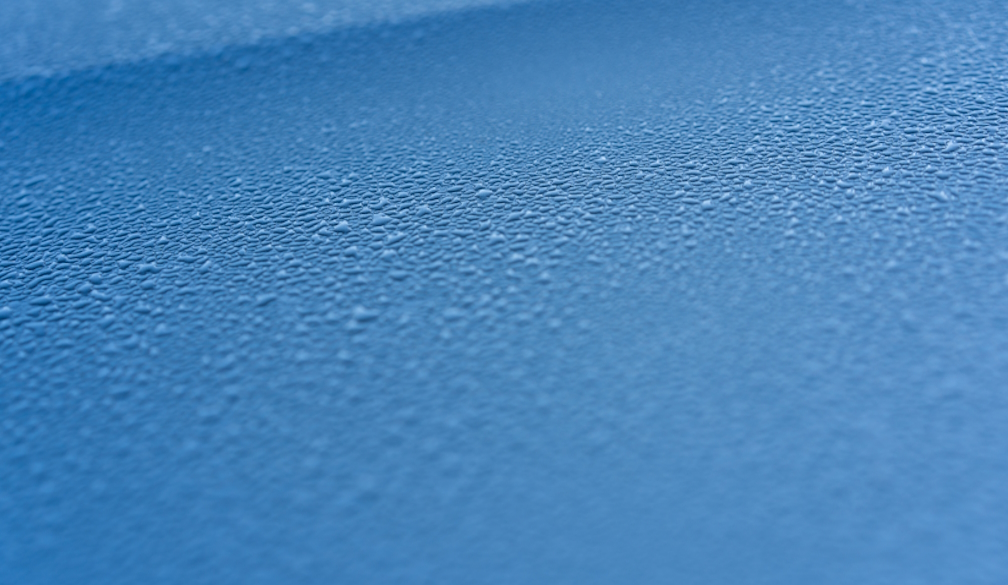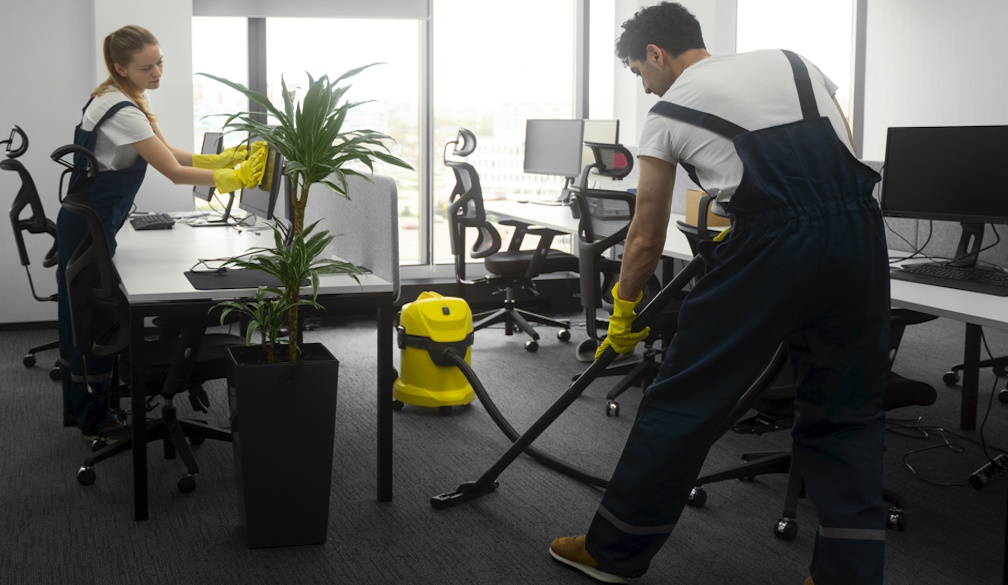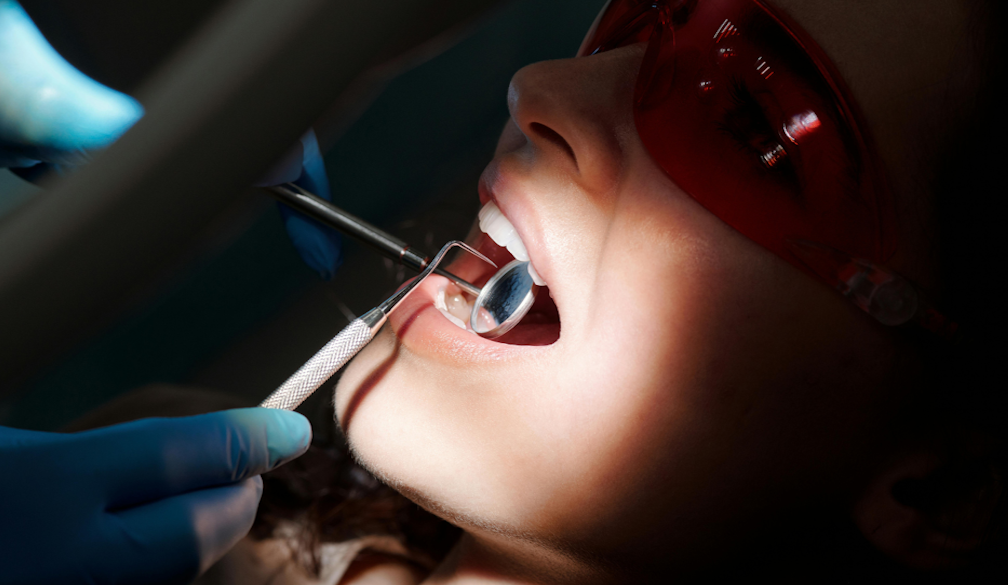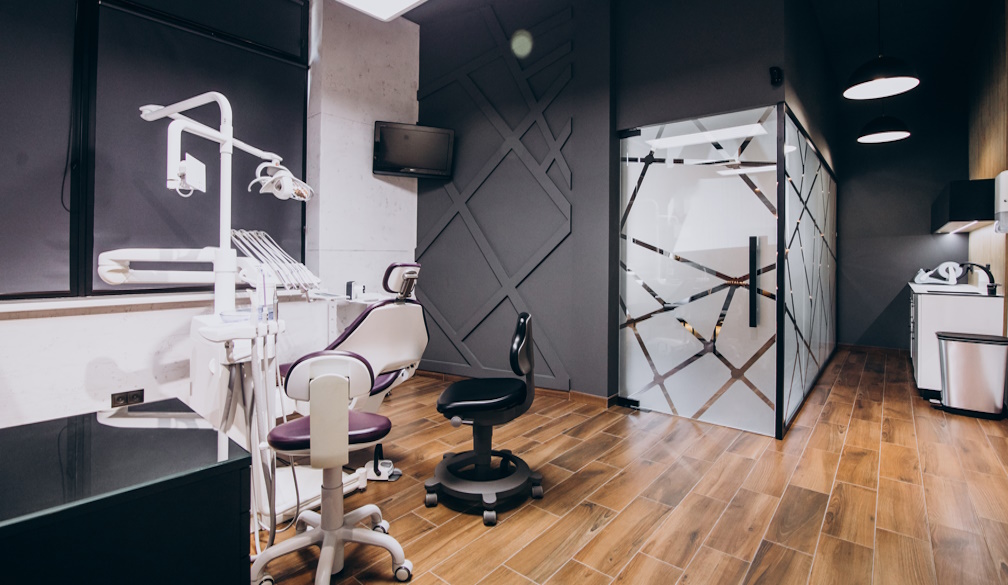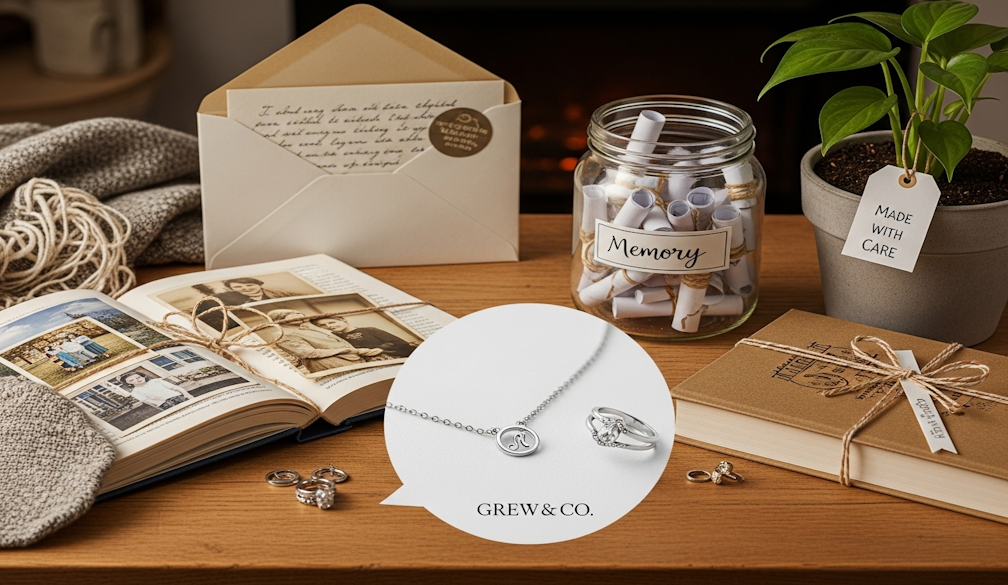Labor maintains clear Newspoll lead, but there's been an overall shift to the Coalition since October
- Written by Adrian Beaumont, Honorary Associate, School of Mathematics and Statistics, The University of Melbourne
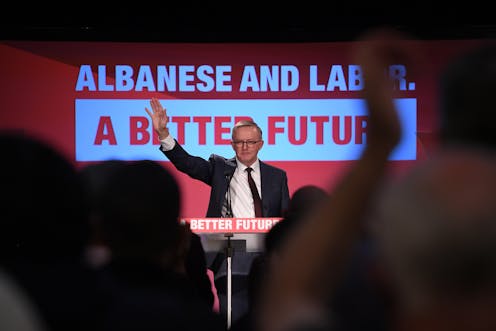
This week’s Newspoll[1], conducted December 1-4 from a sample of 1,518, gave Labor a 53-47 lead, unchanged since the previous Newspoll, three weeks ago. Primary votes were 38% Labor (steady), 36% Coalition (down one), 10% Greens (down one), 3% One Nation (up one) and 13% for all others (up one).
Prime Minister Scott Morrison’s ratings were steady at 52% dissatisfied, 44% satisfied, for a net -8 approval. Labor leader Anthony Albanese gained five points on net approval for a -6 rating. This is the first time since the pandemic began that Albanese’s net approval has been better than Morrison’s.
Morrison led Albanese by 45-36 as better PM (it was 46-38 three weeks ago). By 47-37, voters expected Labor to win the next election.
The Joyce factor
In late October, there was an increase in Labor’s poll lead across several polls. At the time, I thought the best explanation was the involvement of Nationals leader Barnaby Joyce in the Coalition’s internal climate change negotiations.
With Joyce fading from the limelight, the Coalition has recovered. Newspoll was 54-46 to Labor in late October, but is now 53-47. There has also been movement to the Coalition in the Resolve and Essential polls. The Morgan poll’s move to Labor is probably illusory.
Many expected the last two weeks of federal parliament, which included the release of the Jenkins report[2] finding that one in three parliamentary staff had experienced sexual harassment, to be damaging for the Coalition.
Read more: With Labor gaining in polls, is too much Barnaby Joyce hurting the Coalition?[3]
However, we don’t know how much impact this has had on voters. And in April, I wrote that a backlash against political correctness[4] could be making sexual misbehaviour more acceptable.
The economy and COVID will be important factors at the next election, due by May 2022. While the Australian GDP tanked 1.9%[5] in the September quarter due to lockdowns, it will rebound in the current quarter. However, a rise in inflation could hurt the government.
Meanwhile, will the new Omicron COVID variant require restrictions to be reintroduced?
Coalition gains in Resolve poll
A Resolve poll[6] for Nine newspapers, conducted November 16–21 from a sample of 1,606, gave the Coalition 39% of the primary vote (up two since October), Labor 32% (down two), the Greens 11% (steady), One Nation 3% (steady) and independents 9% (steady).
As usual with Resolve, no two-party vote was given, but analyst Kevin Bonham estimated a 50-50 tie, a two-point gain for the Coalition since October.
Despite the Coalition’s voting intentions gain, Morrison’s ratings slumped. His good rating for his performance in recent weeks was down seven to 40% and his poor rating up six to 49% for a net approval of -9, down 13 points.
Albanese also dropped four points to a net -14 rating. Morrison led Albanese by 40-29 as preferred PM, down from 44-26 in October.
Of those polled, 34% thought the government’s commitments[7] on climate action were “not enough”, 28% “about right” and 16% “too far”. That’s a 44-34 lead for “too far”, plus “about right” over “not enough”.
By 49-16, voters supported raising the 26-28% emissions reduction target for 2030, but that’s down from 57-13 in October[8].
The Liberals and Morrison led Albanese and Labor by 40-24 on economic management (45-23 in October). On COVID, they led by 36-23 (40-22 in October).
Essential voting intentions
The Essential poll’s[9] new website has a graph of voting intentions. We had a voting intentions release in late October[10], but there are two November data points on the graph.
In late October, Labor led by 49-44 on Essential’s “two party-preferred-plus” measure that includes undecided voters – other polls exclude undecided to get their two party estimates. In early November, Labor’s lead was reduced to 46-44 and in mid-November it rose slightly to 48-45.
In the mid-November poll, the federal government’s[11] ratings for handling COVID dropped to 45-29 good from 48-29 in early November. There was a 34-34 tie between the Coalition and Labor on managing the economy generally. When economic management was asked along with other issue questions[12] in early November, the Coalition led by 41-33.
Morgan poll
In a mid-November Morgan poll from a sample of almost 2,800, Labor led by 55.5-44.5, a 2% gain since the early November poll. Primary votes were 35.5% Coalition (down 1%), 35.5% Labor (up 0.5%), 12% Greens (up 0.5%), 3.5% One Nation (up 0.5%) and 13.5% for all others (down 0.5%).
Morgan is using respondent allocated preferences, while Newspoll uses preference flows at the 2019 election. Bonham is very sceptical of Morgan’s blowout Labor lead.
Morgan Victorian poll: Labor extends huge lead
A Morgan SMS Victorian state poll[13], conducted November 24 from a sample of 1,105, gave Labor a 59.5-40.5 lead, a 1.5% gain for Labor since November 11. Primary votes were 45% Labor (up 2%), 29% Coalition (down 2%), 10.5% Greens (down 0.5%), 4% UAP (up 1%), 2% Derryn Hinch’s Justice (steady) and 6% independents (down 0.5%).
Premier Daniel Andrews had a 63.5-36.5 approval rating (60.5-39.5 on November 11). By 76-24, voters agreed with the health policy that an employee is not allowed to enter their employer’s workplace unless fully vaccinated.
Read more: Victorian Labor’s pandemic bill would pass easily if electoral reforms were enacted before 2018 election; Labor way ahead in polls[14]
NSW Resolve poll: Coalition comfortably ahead
In a NSW Resolve[15] poll for The Sydney Morning Herald, the state Coalition had 41% of the primary vote (steady since September), Labor 31% (up one), the Greens 10% (down one), the Shooters 2% (steady) and independents 12% (up two). Bonham estimates[16] 53-47 to the Coalition after preferences.
Premier Dominic Perrottet led Labor’s Chris Minns as preferred premier by 34-23 (48-21 to former premier Gladys Berejiklian in September). This poll would have been conducted with the federal Resolve polls in October and November from about 1,100 respondents.
“Almost two-thirds” supported voluntary assisted dying and just 11% were opposed. Of those polled, 43% said Berejiklian should not have resigned based on revelations before ICAC. Berejiklian’s net likeability[17] (positive minus negative views) was between +30 and +40 before her resignation. It dropped to +20 before the ICAC hearings, but has rebounded to +31.
References
- ^ Newspoll (www.pollbludger.net)
- ^ Jenkins report (www.abc.net.au)
- ^ With Labor gaining in polls, is too much Barnaby Joyce hurting the Coalition? (theconversation.com)
- ^ backlash against political correctness (theconversation.com)
- ^ GDP tanked 1.9% (theconversation.com)
- ^ Resolve poll (www.theage.com.au)
- ^ government’s commitments (www.theage.com.au)
- ^ in October (theconversation.com)
- ^ Essential poll’s (essentialreport.com.au)
- ^ late October (essentialvision.com.au)
- ^ federal government’s (essentialreport.com.au)
- ^ issue questions (theconversation.com)
- ^ Victorian state poll (www.roymorgan.com)
- ^ Victorian Labor’s pandemic bill would pass easily if electoral reforms were enacted before 2018 election; Labor way ahead in polls (theconversation.com)
- ^ NSW Resolve (www.theage.com.au)
- ^ estimates (twitter.com)
- ^ net likeability (www.theage.com.au)




